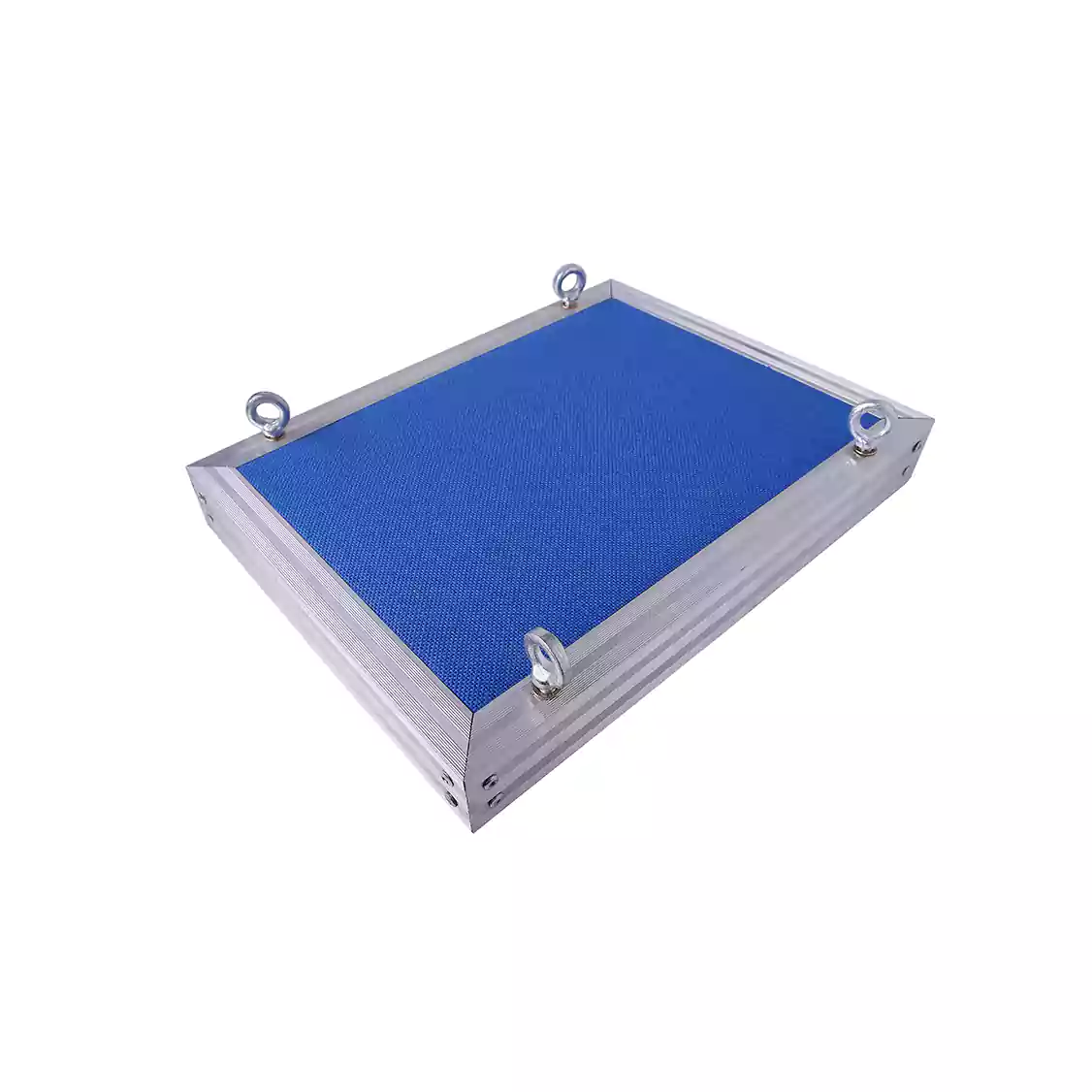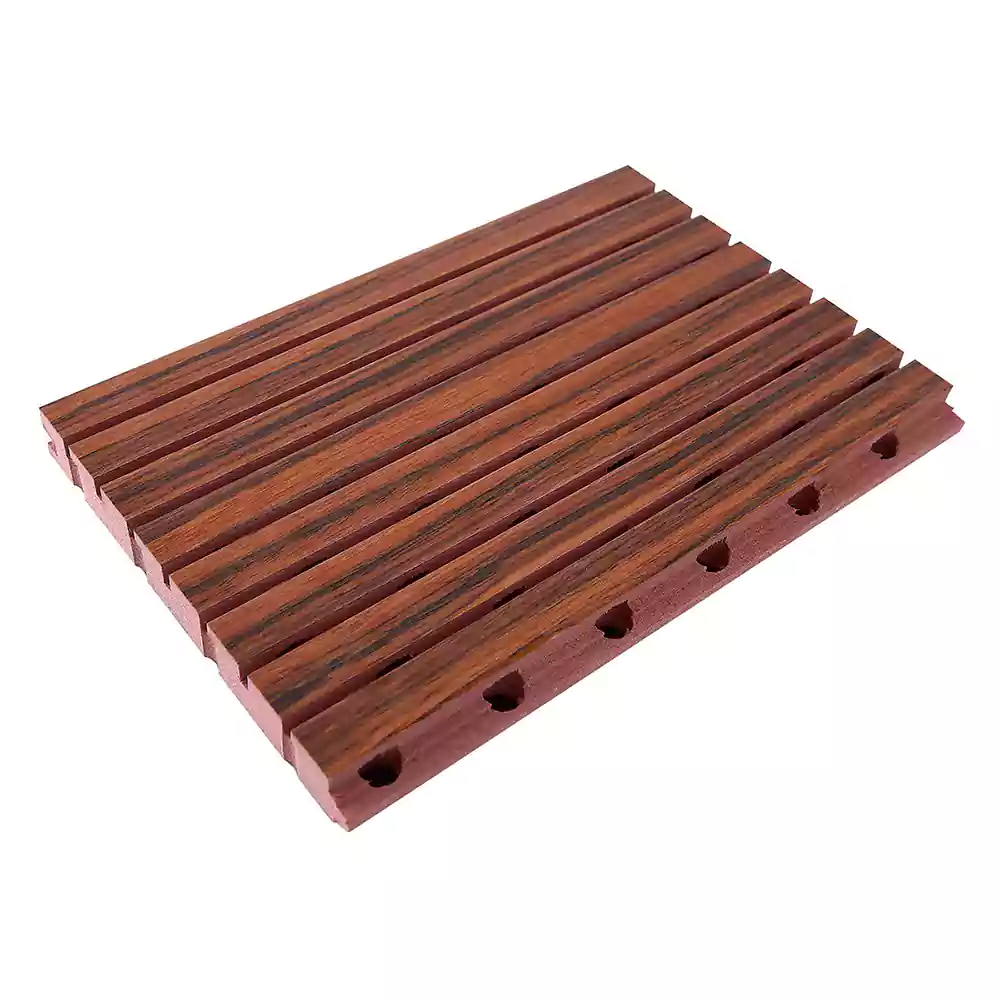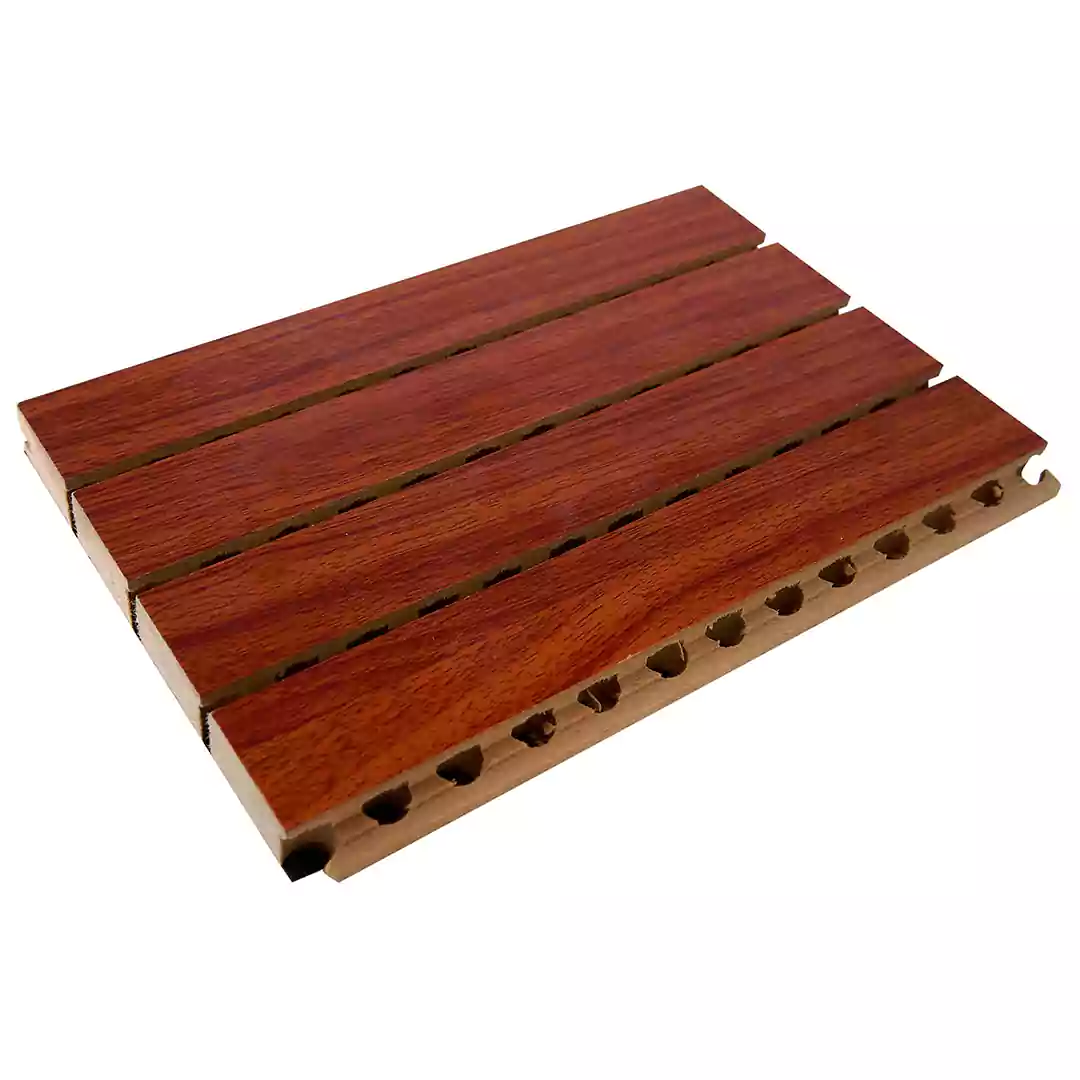space sound absorber
space sound absorber is a device used for room acoustic control, designed to reduce sound reflections and echoes and improve the sound quality in a room. They are usually installed on ceilings, walls or suspended in the air to reduce the spread of sound energy in the space by absorbing part of the sound waves.
Products Description
space sound absorber is a device used for room acoustic control, designed to reduce sound reflections and echoes and improve the sound quality in a room. They are usually installed on ceilings, walls or suspended in the air to reduce the spread of sound energy in the space by absorbing part of the sound waves. These sound absorbers are used not only in professional settings such as recording studios, theaters and conference rooms, but also in everyday environments such as offices, classrooms and restaurants. This article will introduce the types, working principles and key parameters of space sound absorbers.

1. Working principle of space sound absorbing body
Space sound absorber reduce reflections and improve the acoustic characteristics of the room by absorbing sound waves. When sound waves encounter a sound absorber, part of the sound energy is absorbed by the material and converted into heat energy, while the unabsorbed sound energy is reflected back with lower energy. The effectiveness of sound absorbers depends on their material, thickness, shape and location.
Sound absorption mechanism
Space sound absorbers mainly absorb sound in two ways:
1. Porous absorption: When sound waves in the air pass through porous materials (such as glass fiber, mineral wool, etc.), the sound wave energy is converted into heat energy due to friction and air resistance. Thereby achieving sound absorption effect.
2. Thin plate absorption: Thin plates or membrane materials can absorb low-frequency sounds through vibration. When sound waves impact the thin plate, the plate vibrates, and the low-frequency sound wave reflection is reduced through the damping effect of the plate.
2. Types of space sound absorber
Space sound absorbers can be divided into the following categories according to their forms:
1. Suspended sound absorbers: These sound absorbers are hung on the ceiling or wall and usually have a large surface area. They are used to absorb sound waves in large areas and are suitable for theaters, concert halls, etc. place.
2. Wall sound-absorbing body: Sound-absorbing panels or soft-pack materials installed directly on the wall, usually used to control the reflection of medium and high-frequency sound waves.
3. Modular sound-absorbing bodies: Some sound-absorbing bodies can be spliced into different shapes or patterns and freely combined according to needs. They are often used in office spaces or classrooms to improve the acoustic comfort of the working environment.
4. Sound barrier sound absorber: usually used in large spaces or outdoor environments to block and absorb external noise.
3. Key parameters of space sound absorber
1. Sound absorption coefficient (NRC)
The sound absorption coefficient (Noise Reduction Coefficient, NRC) is an important indicator for evaluating the sound absorption ability of materials. It represents the material’s ability to absorb sound at different frequencies. The NRC value is between 0 and 1. The higher the NRC, the better the sound absorption effect of the material. Generally speaking, materials with an NRC value of 0.65 and above are considered efficient sound-absorbing materials.
0.0: No sound absorption, completely reflects sound.
1.0: Completely absorbs sound and does not reflect sound.
2. Frequency response
Sound absorbers behave differently to sound waves of different frequencies. Generally speaking, sound absorbers are better at absorbing mid- to high-frequency sound waves (above 500 Hz), while it is more difficult to absorb low-frequency sound waves (below 250 Hz). Therefore, it is necessary to adjust the thickness, density and material structure of the sound absorber to improve its absorption capacity in the low frequency band.
High-frequency absorption: Porous sound-absorbing materials usually perform better in the high-frequency band.
Low frequency absorption: Low frequency absorption capacity is usually improved by increasing the thickness of the sound absorber or using membrane sound absorbers.
3. Material density
The material density of the sound absorber affects its sound absorption performance. Generally speaking, higher-density materials absorb more low- and mid-frequency sound waves, while lower-density materials are better at absorbing high-frequency sound waves. Therefore, when designing sound absorbers, the appropriate density needs to be selected to optimize the absorption of specific frequencies.
Common density: 30-150 kg/m³.
4. Thickness
The thickness of a sound-absorbing body is an important factor in determining its sound-absorbing ability. The greater the thickness, the greater the ability to absorb low-frequency sound waves. For absorbing mid- and high-frequency sounds, thinner sound-absorbing bodies can also play a significant role, but to control low frequencies, thicker sound-absorbing materials need to be used.
Common thickness: 20 mm – 100 mm, adjusted according to usage scenario.
5. Installation method
The installation method of the sound absorber will also affect its sound absorption effect. Usually, the sound absorber is kept at a certain distance (such as 100-200 mm) from the wall and ceiling, which can improve the low-frequency absorption effect. In addition, suspended sound absorbers can improve the overall sound absorption performance by increasing the exposed area of the sound absorber.
4. Practical applications
1. Recording studios and concert halls: Space sound absorbers can effectively reduce sound reflection and reverberation, making the sound clearer and purer.
2. Meeting rooms and offices: Reduce noise, improve privacy, and optimize the communication environment.
3. Restaurants and public places: Improve customer experience and comfort by reducing environmental noise.
5. Conclusion
Space sound absorbers are an indispensable part of modern acoustic design. By selecting appropriate sound absorbing materials, design structures and installation methods, the acoustic effect of the space can be greatly improved. When selecting, parameters such as sound absorption coefficient, frequency response, material density and thickness should be fully considered according to the needs of the actual environment to achieve the best acoustic control effect.
FAQ
Does the product support customization?
Yes, our products are all factory direct sales and can be customized according to customer needs.
What are the color options for Slatted Acoustic Panel surface?
Melamine Surface、Engineered Wood Surface、Natural Wood Surface、Baseboard Color
What is the thickness of the wood veneer of the Slatted Acoustic Panel?
Our product’s standard wood veneer thickness is 0.45mm and 0.25mm.
How many facets can a Slatted Acoustic Panel have?
Slatted Acoustic Panel has three covers and one cover.






